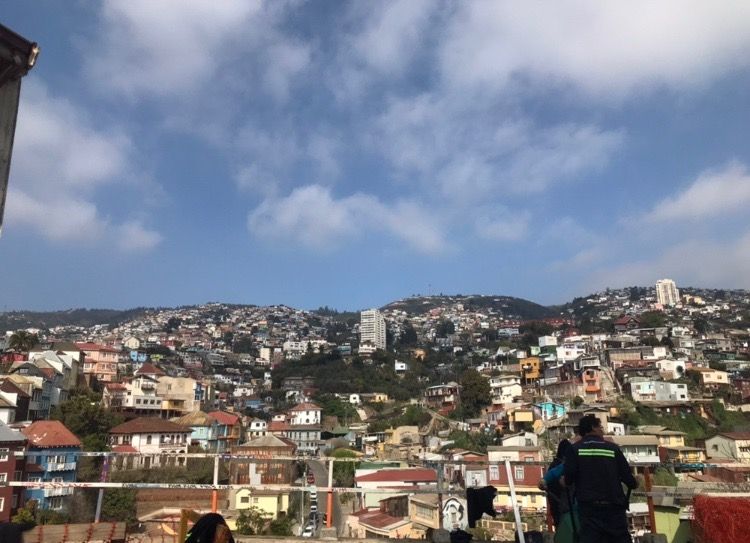What to Expect in a Chilean High School
CIEE is not currently offering programs in Chile, but check out our other programs around the world.
After six weeks of school in Chile, the following striking differences between American and Chilean high schools have somehow become normal to me.
Homework is Illegal
Yep. You heard me. Although this may be a bit misleading. Chilean Public Schools are funded by certain government programs that strongly advise schools to not assign homework. This "law" was created because many schools end as late as 5:30pm, leaving little time to do homework after a long day of learning and extra curriculars. I think I've received homework three times in the month and a half I've been here. So, homework is not exactly illegal, but you'll rarely have it!
Uniform
Yes, you have to wear a school uniform. Being an advocate for self expression through fashion, I was not extremely excited about this news. One of my favorite things to do back home is choose an outfit that represents who I am and how I am feeling on a particular day. But to be completely honest, the uniform as grown on me. It makes mornings so much easier because I don't have to think about what I should wear. Additionally, the fear of sticking out as a foreign exchange student is slightly minimized by the fact that everyone is dressed exactly as you are. (I say "slightly" because i'm a blonde in a country filled with only brunettes). Also, despite what your school's rules may declare, often times students do not follow the dress code. Many of my Chilean friends prefer their gym uniform over their jumper and blazer, so they wear this instead. Others wear nose piercings to school, while the rules say the only jewelry you are permitted to wear is one pair of studs. Overall, I've learned that uniforms are not the enemy!
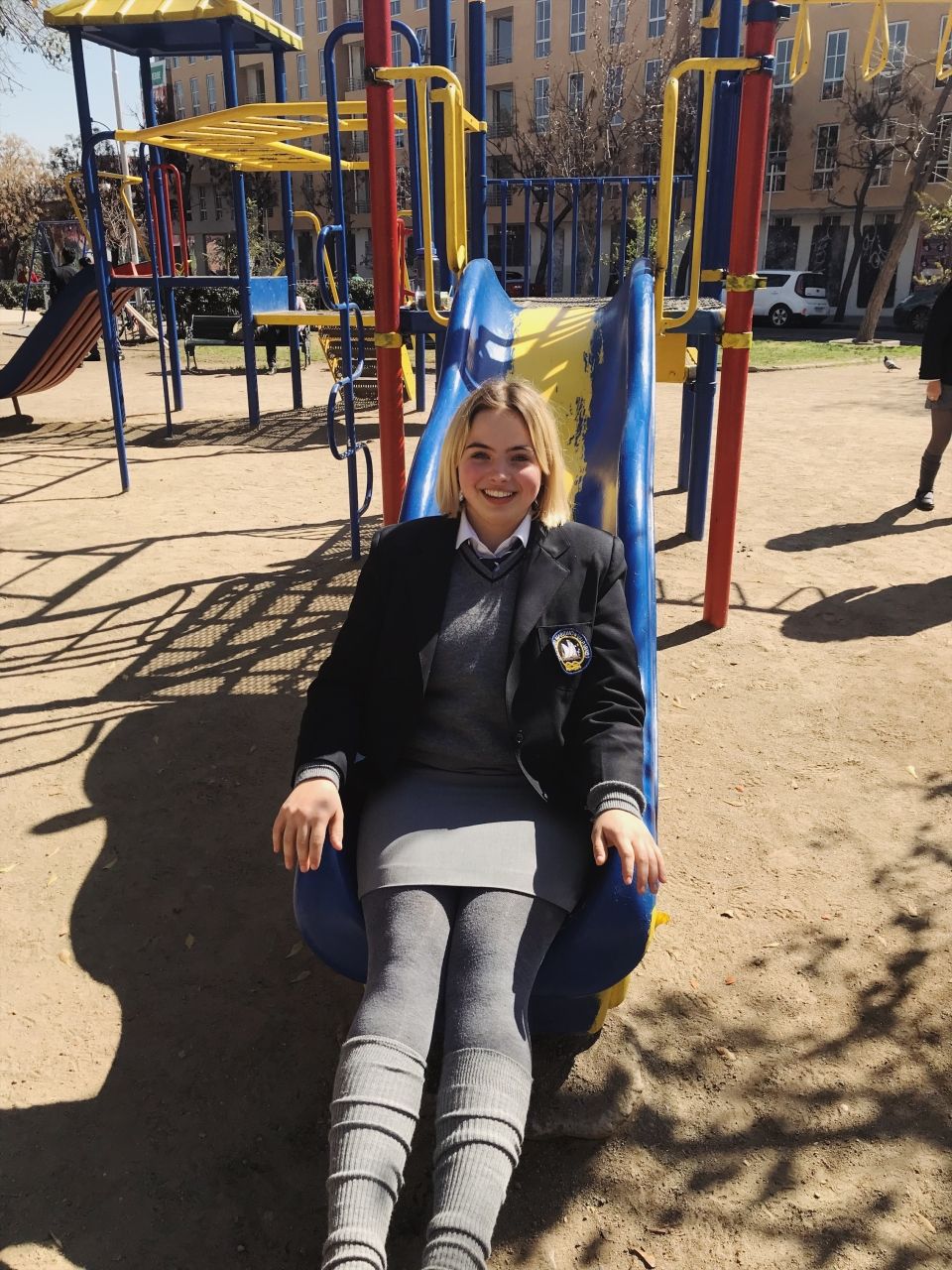
Typical Schedule
Chilean schools essentially follow a block schedule. This means each class is longer, but there are less classes within the day, and you will not have all your classes everyday. All classes are in the same room with the same twenty classmates, and teachers come to you. You don't have to move in between classes. Additionally, there is a fifteen minute break in between every class where students sit in the courtyard, buy food from the lunch hall, and go to the bathroom. Normally my school days are from 8:00-3:15, but on Wednesdays I only have school until 1:00. Pictured below is my class schedule.
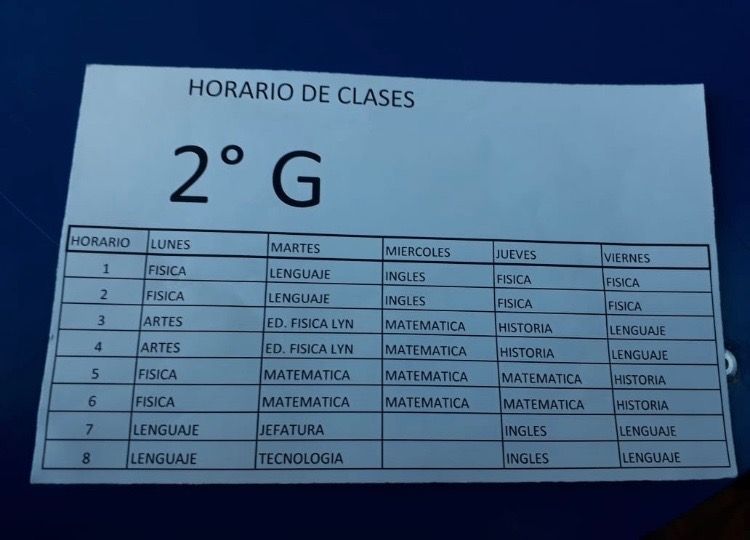
Class Time
At my school in the U.S., teachers have limited time in each class period to spend individual time with their students. Therefore, class time is for focusing on your work, and completing it before the bell rings. In Chile, this is not the case. Each class is around an hour and a half, and often times I have the same class twice in one day. This can leave up to three hours of work time on the same twenty math problems, and believe it or not, most of my classmates do not complete the task by the end of the day. They usually take about fifteen minutes to get focused and even attempt to begin the first problem. They chat with friends, browse instagram, and take selfies every ten minutes or so, and the teachers don't really mind. They bark at the students to put their phones away, but the phones reappear seconds later. Bottomline, time is "slower" here.
Studying
In the U.S., I typically study two to three hours for a test. Here, I find that if I pay attention in class, I don't need to study at all.
Student/Teacher Relationship
Students and teachers are much closer here than what you are probably accustomed to in the United States. When my classmates want something (a better grade, more time to finish an assignment, their phone back, etc) they often cuddle with or hug their teacher. They also are much more aware of their teachers' personal lives. Many of my friends ask teachers how their children are doing, or how their vacation was, which goes to show how close teachers and students really are in Chile.
THEY BRING PUPPIES TO SCHOOL
I am fairly certain this is not a common occurrence in Chilean high schools, but it happened in mine. As I walked to the courtyard with my friends during our first break, I saw a tiny puppy head peeking out from a student's coat. It was so precious!
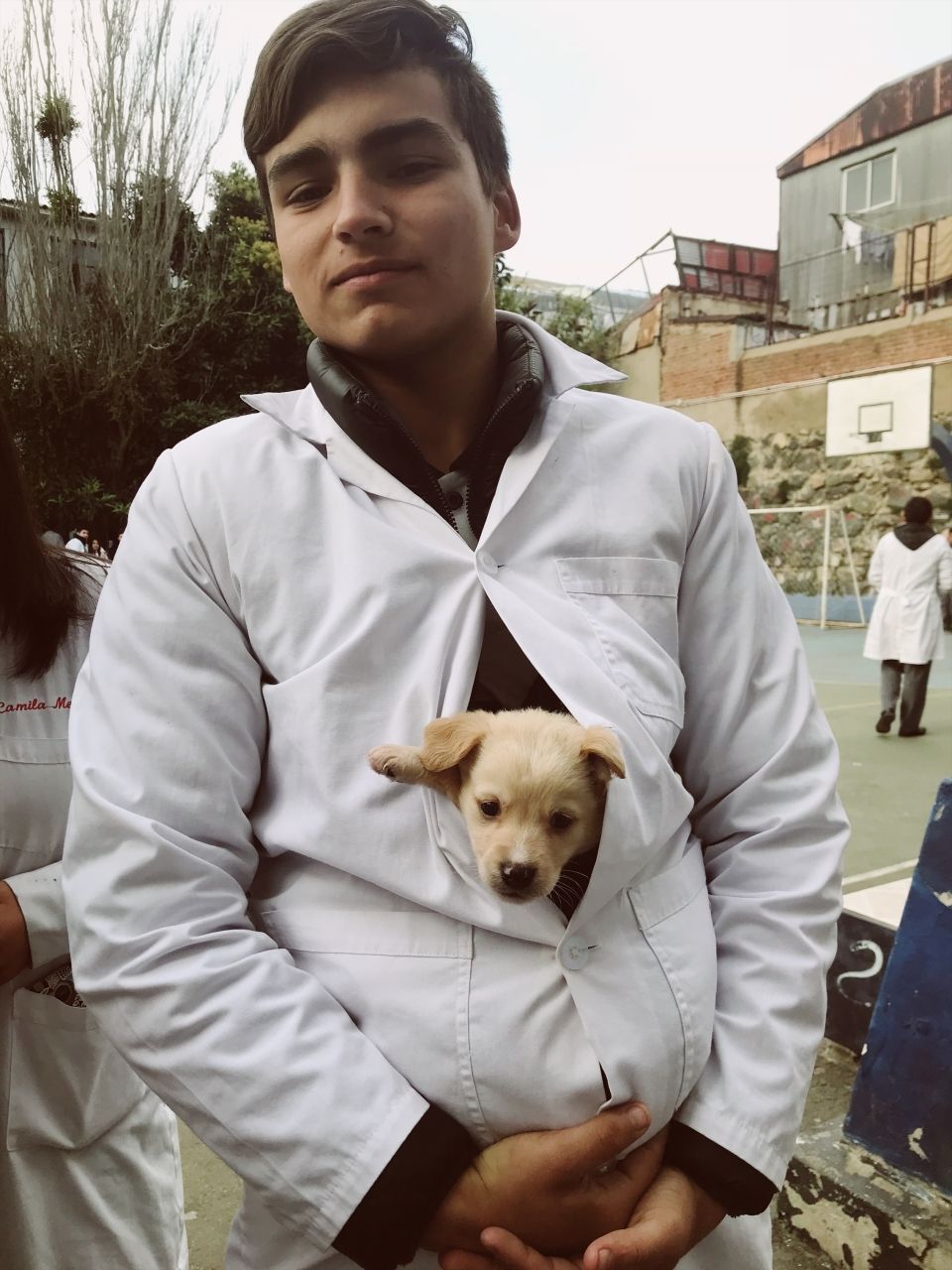
Desks
Do you get tired of hauling around a heavy backpack full of books and binders? Your back will feel extremely liberated here because you can leave all your things inside your desk. Instead of lockers, they have shelves underneath the desks to hold all your books and folders. And since you rarely receive homework, you will barely ever carry anything home with you in your backpack!
Classmates In General
Being a foreign exchange student feels like being the class pet. Everybody wants a turn to get to know the new member of the family, and they will fight to get the first look. I've had classmates fight over sitting next to me, pet my hair (because no one else is blond here, and is a striking contrast as it is soft, and Chileans' hair is typically corse), and cling to my arm to ensure they would get to eat lunch with me. They surround me, ten at a time, all firing questions at once in a language I am still struggling to learn. Most of all, they are genuinely excited to get to know me and become my friend.
If You Know Anything, You Are a Genius
Because I was a sophomore last year, and I was placed in the sophomore grade here, most of the material we are learning in class is concepts I've already studied. After it was clear I knew most of the material in math, my classmates were awestruck by how much I understood. Now, I frequently tutor my classmates in math and physics and help them prepare for tests.
Grading
Everything is graded on a scale of 1-7. This took some getting used to. Normally I divide whatever grade I get by seven to get a percentage so I can actually comprehend the grade I recieved.
Transportation
Every morning I walk outside my house and wait on the sidewalk for a colectivo to pass. These are small black cars that seat four passengers (not including the driver) that take locals from the center of the city to their homes up in the "cerros," (hills), or from their homes to the center. I squeeze in tight next to the other passengers and hand the driver 250 pesos. Once I see Ave. Pedro Montt, I say "aqua por favor" and the driver pulls over and I exit the vehicle. I cross the street and wait for my micro. Micros are similar to regular buses in the U.S., but there are a few obvious differences. They do not automatically stop at every bus stop, you have to wave them down. So, I stand on the sidewalk and stick my hand in the air when I see my micro, and they come to an abrupt halt and open their doors. Seconds after I step on, the driver speeds down the street until their next stop. I pay 150 pesos and find a seat, but often times I have to stand and cling to the handlebars for dear life until a seat opens up. Once I reach my stop, I push a button to indicate to the driver I want to get off, and I exit the bus. Next, I walk three blocks to my school. This is extremely different than simply driving myself to school, like I do in the U.S., but it makes every morning a little more exciting. Pictured below are two micros.
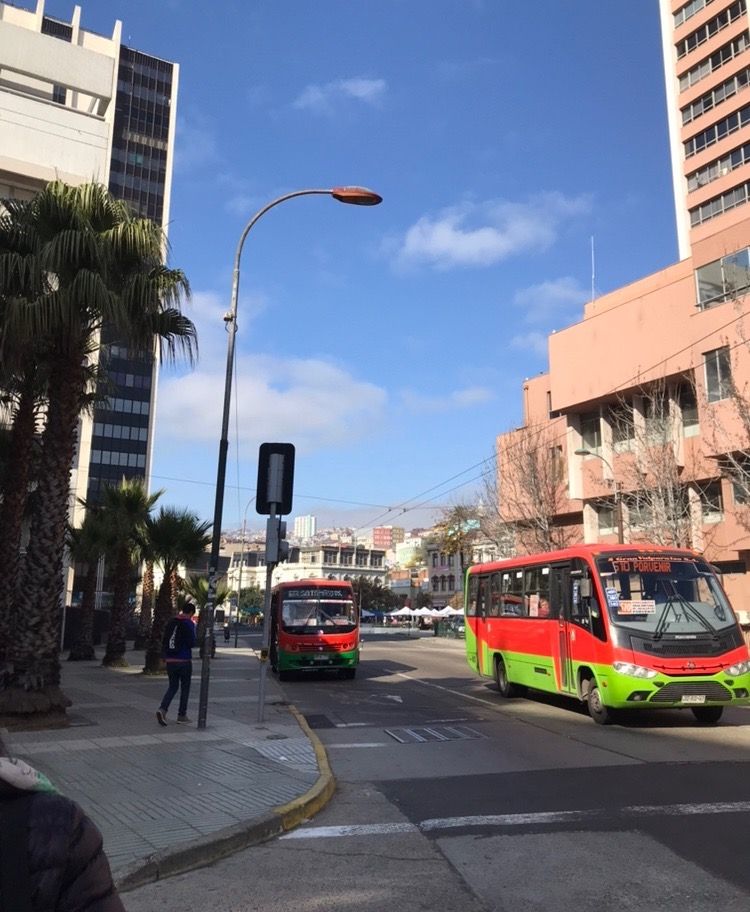
Bathrooms
This is probably the only annoying part of Chile. There is one toilet paper dispenser in the whole bathroom, not one in each stall. Also, that one dispenser is almost never stocked, so every time I need to use the bathroom I get to go to the office and ask for a tiny piece of toilet paper. There is also a trash can in each stall for your used toilet paper, because you are not allowed to flush it.
Thinking about spending a semester abroad somewhere fun like Chile? Check out our High School Semester Abroad Programs to find a trip that's right for you!
Related Posts
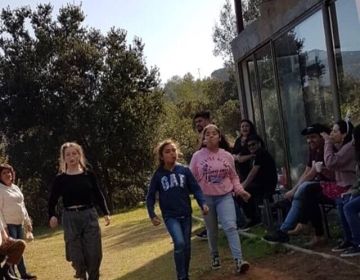
Celebrating El Dieciocho
Last Wednesday was the 18th of September, in the United States it was just a regular day, but here in Chile the whole country was celebrating their patriatism. What is... keep reading
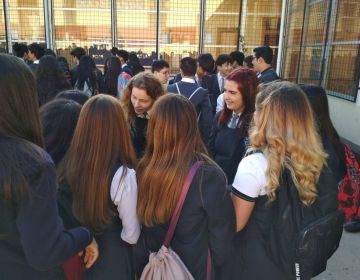
The first two months of an abroad high school adventure
Hello dear readers! This is María Paz, the High School Coordinator of Valparaíso - Chile, and I'm writing this blog to shed light on what happens during the first two... keep reading
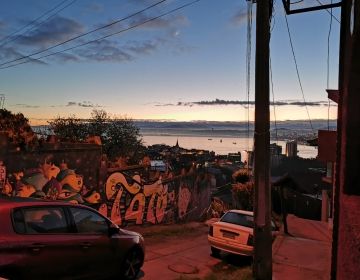
Chile; an introduction
Cold winds, warm welcoming embraces and romantic poetry; different styles, different food, different money, these summarize the first weeks in Chile but, despite it all, the smiles are not so... keep reading
